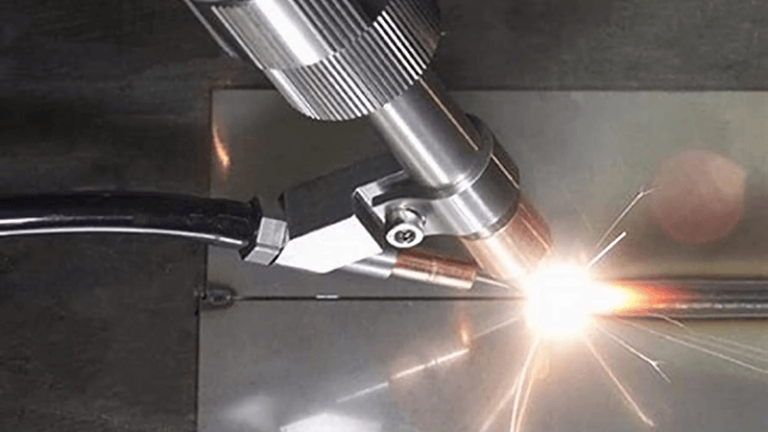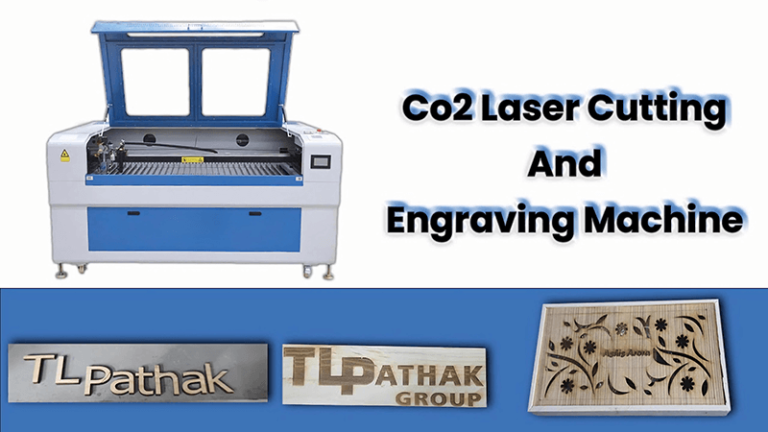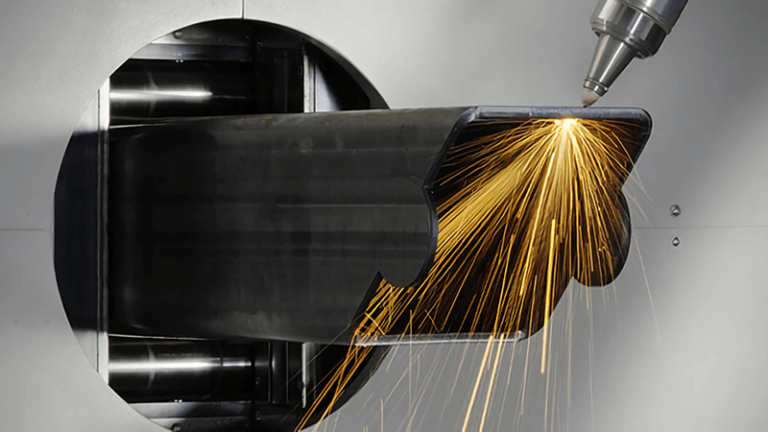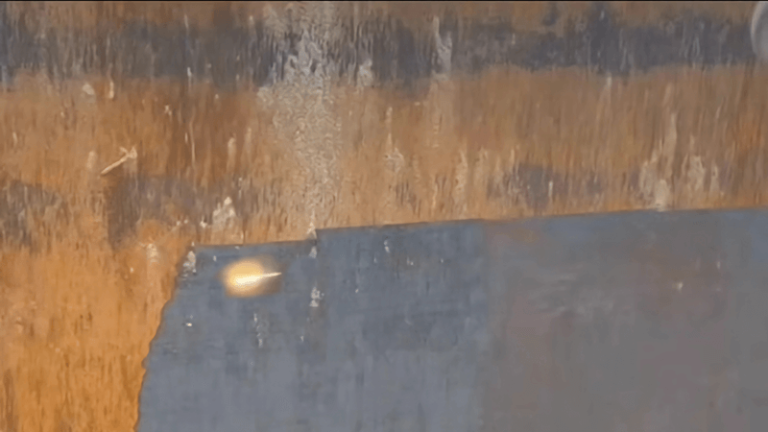If your chisels are rusted beyond recognition, you're not alone—and yes, there's a faster, smarter, and cleaner way to restore them.
You can remove rust from any chisel—steel, carbon, vintage—using laser cleaning. It’s non-contact, chemical-free, and preserves every edge.
Sometimes traditional rust removal just doesn’t cut it—literally. I’ve had clients scrub, soak, sand, and still lose the sharpness of their chisels. That’s where laser cleaning changes the game. At Kirin Laser, we’ve helped both large-scale tool distributors and individual craftsmen restore metal tools with zero abrasion and maximum precision.
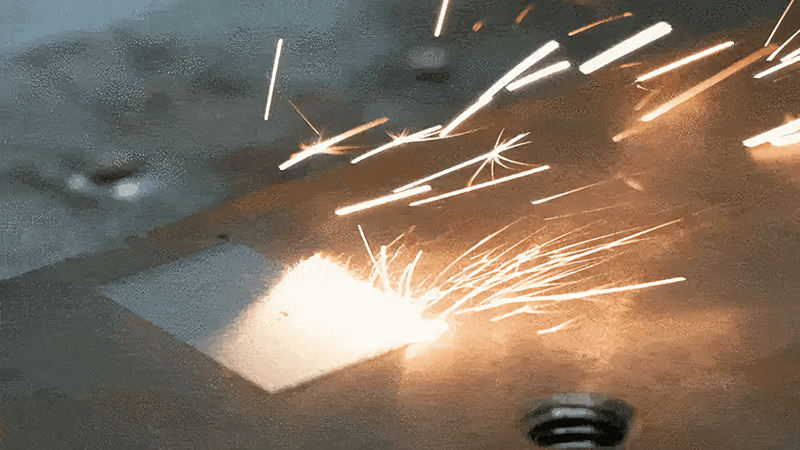
How to get rust off of chisels?
That orange layer on your chisel isn't just ugly—it kills performance. And it doesn't go away easily with sandpaper or vinegar. You need a method that goes deep without damaging the metal.
Laser cleaning removes rust from chisels instantly using a focused laser beam. The rust vaporizes, and the bare metal remains untouched, preserving the tool’s structure and sharpness.
Why typical rust removal fails
There are a few traditional ways to clean rust from a chisel:
- Sanding (which scratches the steel)
- Soaking in vinegar or citric acid (which weakens the edge)
- Wire brushing (which still leaves a residue)
None of these methods are fast, and most leave your tools dull or uneven.
That’s exactly what happened with a local woodworker who brought me his father's old chisels. They had sat in a humid shed for years and were brown with oxidation. He had already tried soaking them in vinegar overnight, then scrubbed them with baking soda, and still the rust clung on—especially in the grooves near the bevel.
We used a 100W Kirin Laser Cleaning Machine1. The beam instantly targeted the rust, vaporized it without any chemicals, and left the steel intact. The bevel edge stayed razor sharp, no polishing required.
Laser cleaning process at a glance
| Step | What Happens | Time |
|---|---|---|
| 1 | Position chisel on workbench | < 1 min |
| 2 | Adjust laser focus to match chisel surface | < 1 min |
| 3 | Begin scan—laser pulses over rusty area | 3–7 min |
| 4 | Inspect—rust gone, no touch-up needed | — |
We’ve done this not just for chisels, but also drill bits, antique saws, hand planes, and carbon steel blades2. Our industrial customers—tool resellers and restoration shops—use this same process to scale up.
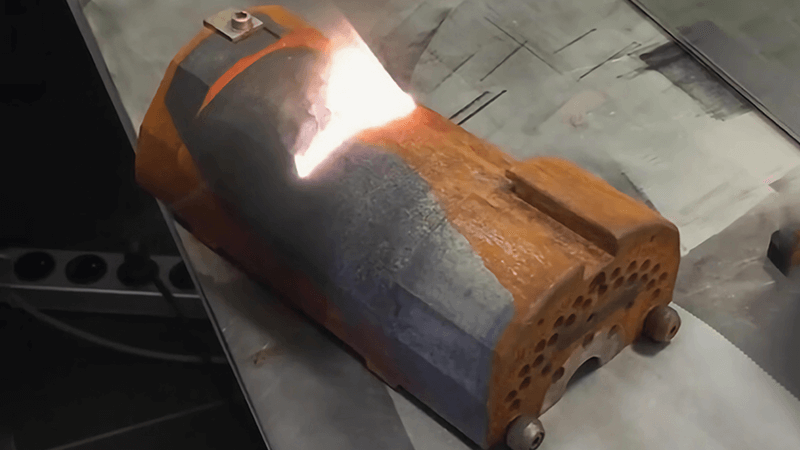
What is the fastest way to remove rust from metal tools?
Time matters, especially when you’re restoring dozens—or hundreds—of tools. Vinegar takes hours. Electrolysis needs setup. Sanding? Forget about it.
Laser cleaning is the fastest rust removal method for metal tools, restoring each piece in under 10 minutes with no post-cleaning polishing.
Let’s talk real speed and labor savings
Here’s what I’ve observed across workshops, tool warehouses, and import-export clients:
| Method | Rust Removal Time (per chisel) | Manual Effort | Edge Damage Risk |
|---|---|---|---|
| Sanding | 20–30 min | High | High |
| Vinegar Soak + Scrub | 12–24 hrs | Medium | Medium |
| Laser Cleaning3 | 5–8 min | Low | None |
When John Smith from Smith Laser Tech visited our facility, we demonstrated this on a batch of Japanese carbon steel chisels. In less than an hour, 8 tools looked like they just came from the factory. No pitting, no residue, no warping.
We use MOPA fiber lasers4 which allow tight pulse control—this means we adjust the energy to remove rust only, not base metal. That’s the key difference. Fast doesn’t have to mean aggressive.

How to stop chisels from rusting?
Removing rust is one thing. But if you’re not storing or treating your tools right, it’s just a matter of time before the rust returns.
The best way to stop rust is to use a laser-cleaning-compatible protective layer, store in dry conditions, and clean tools regularly.
Post-cleaning maintenance is critical
After laser cleaning, the metal surface becomes reactive—it’s pure, and it can oxidize faster without a layer of protection.
Here’s what I recommend to my clients after laser rust removal:
1. Use a protective oil or wax
Apply a thin coat of camellia oil or Renaissance wax5 right after cleaning. These won’t interfere with the cutting action and prevent oxidation.
2. Store tools properly
Keep chisels in a moisture-controlled toolbox or wrap in VCI paper. We’ve had clients build custom desiccant drawers for vintage sets.
3. Avoid chemical rust inhibitors
Some sprays interfere with laser reflectivity or damage handles. Stick to natural oils when possible.
4. Re-clean periodically
You can set a cleaning cycle every quarter using laser if you store a large tool inventory. Most of our industrial clients batch clean rust-prone items every 2–3 months as part of warehouse SOPs.
Preventive care chart
| Task | Frequency | Tool Needed |
|---|---|---|
| Apply oil/wax | After every use | Soft cloth |
| Wipe dry after use | Every time | Microfiber |
| Inspect for rust | Weekly | Visual |
| Laser touch-up | Quarterly | Laser unit |
If you’re a distributor, I highly recommend offering post-sale tool maintenance6 as a service. It builds trust and lets you upsell restoration packages with your inventory.

What is the best rust remover?
With so many rust removers on the market—gels, soaks, sprays, acids—it’s easy to get overwhelmed. But I’ve tested them all.
The best rust remover, hands down, is a fiber laser cleaning machine. It removes rust precisely, without touching the base metal or leaving chemical residue.
Why laser beats everything else
Let’s break down the most common alternatives:
| Remover | Pros | Cons |
|---|---|---|
| Sandpaper | Cheap | Scratches, labor-intensive |
| Vinegar/Acid | Inexpensive, accessible | Corrosive, slow, smell |
| Gel removers | Targeted, effective | Toxic, cleanup needed |
| Electrolysis | Non-destructive | Complex, inconsistent |
| Laser cleaning7 | Clean, fast, non-contact | Needs equipment |
With our machines, there’s no prep time, no waiting, no soaking, no fumes. You can use them in production lines, repair shops, or personal studios. We even offer OEM customization, so tool retailers can white-label restoration services.
What type of laser works best?
For chisels and small hand tools:
- MOPA fiber laser8, 100–200W
- Adjustable pulse width
- Integrated dust collection
- Focus tracking
We help our partners choose the right laser power and optics. We’ve even helped some clients build a mobile cart unit with battery-powered lasers for on-site tool restoration.
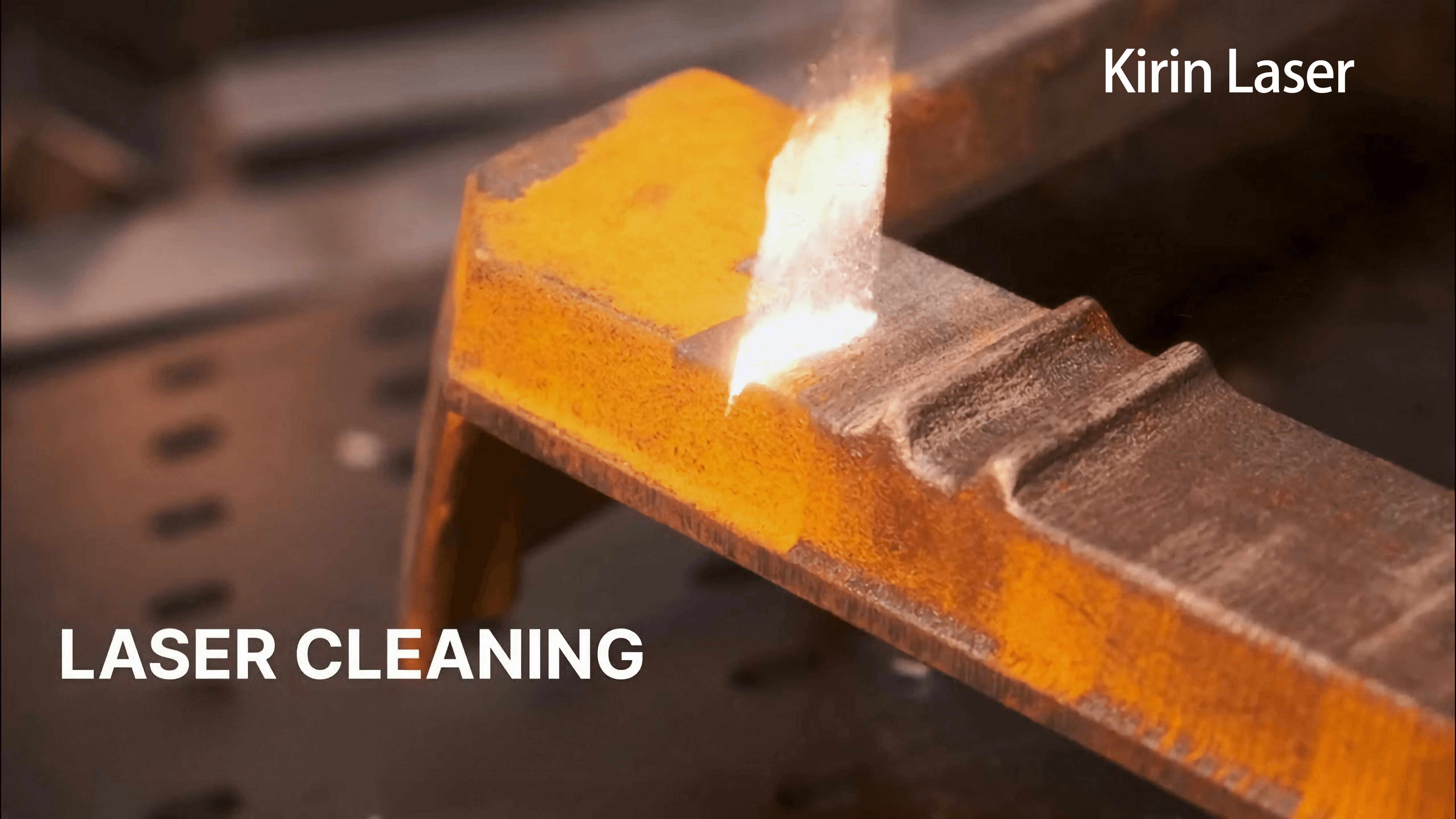
Conclusion
Restoring rusted chisels doesn’t have to be a dirty, slow, or risky job. I’ve helped hundreds of clients—from hobbyists to wholesale suppliers—use laser cleaning 9 to bring metal tools back to life with zero damage and minimal time. If you’re still using sandpaper or vinegar, you’re not just wasting effort—you’re risking your tools. A laser cleaning machine does it cleaner, faster, and better. That’s what we do at Kirin Laser: precision in every beam.
-
Discover how the Kirin Laser Cleaning Machine revolutionizes rust removal without damaging your tools. ↩
-
Discover how laser cleaning preserves the sharpness and integrity of carbon steel blades, offering a chemical-free and efficient rust removal solution. ↩
-
Explore the advantages of Laser Cleaning, which offers quick rust removal with minimal risk of damage, making it a superior choice. ↩
-
Learn about MOPA fiber lasers and their precise energy control, ensuring effective rust removal without harming the base metal. ↩
-
Discover how camellia oil and Renaissance wax can effectively prevent oxidation and maintain the integrity of metal surfaces after cleaning. ↩
-
Discover how post-sale tool maintenance can enhance customer trust and create opportunities for upselling restoration packages. ↩
-
Explore the advantages of laser cleaning, including efficiency and safety, to understand why it's a superior choice for restoration. ↩
-
Learn about MOPA fiber lasers, their unique features, and why they are ideal for precision tasks in tool restoration. ↩
-
Find the best laser cleaning machine and laser cleaning solutions from Kirin Laser, clicking this link to get your best product. ↩


